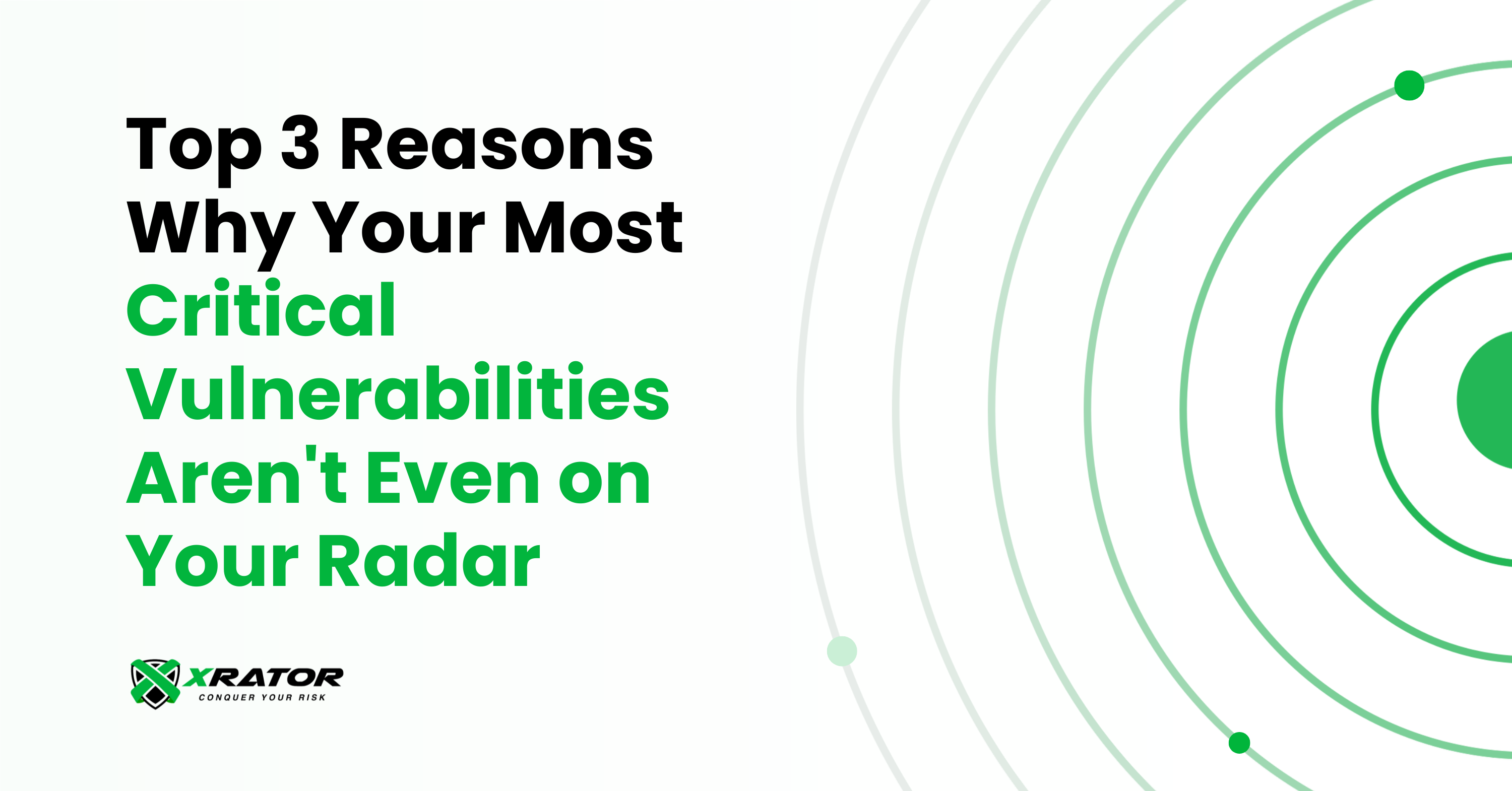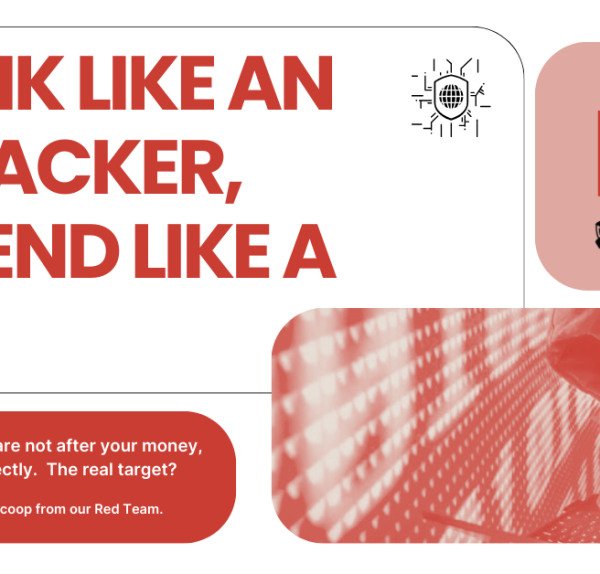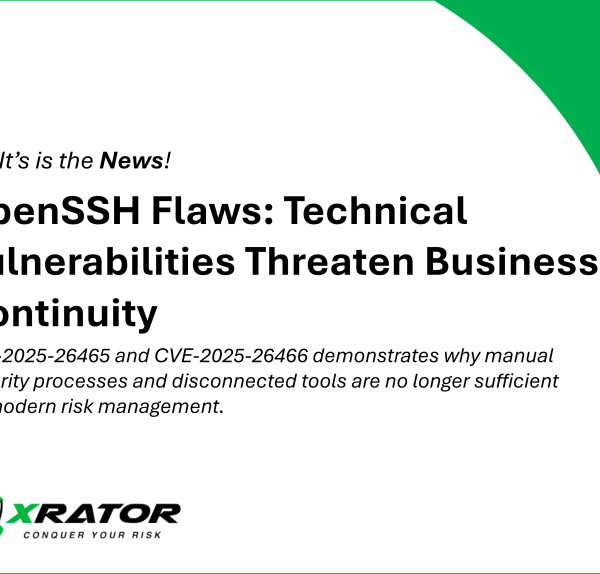Critical vulnerabilities are not the only threats.
Last month, a Fortune 500 CISO authorized a $2M emergency patching initiative to address all CVSS 10 vulnerabilities across their infrastructure. The following week, an attacker exploited one of the critical vulnerabilities scored at CVSS 6.5 in their payment processing system, causing $5M in business disruption. When asked about the incident, the CISO admitted, “We knew about that vulnerability for months, but it never made it to the top of our priority list.”
This isn’t an isolated incident – it’s the predictable outcome of a fundamentally flawed approach to vulnerability management that has become deeply embedded in our industry’s DNA.
1. The Score-Chasing Trap
The vulnerability management industry has created an unintended consequence: security teams measuring success by the percentage of high-CVSS vulnerabilities patched, regardless of their actual business impact. This metric-driven approach stems from good intentions – the desire to quantify and standardize risk assessment. However, it has evolved into a counterproductive game of “score chasing” that often diverts resources away from genuine business risks.
Security teams celebrate reaching “100% coverage of CVSS 9+ vulnerabilities” while leaving business-critical systems exposed to equally dangerous but lower-scored threats. This disconnect between security metrics and business reality hasn’t happened by accident. It’s the product of several mutually reinforcing factors that have created a perfect storm of misaligned incentives.
Read more: Security researchers find deep flaws in CVSS vulnerability scoring system
2. Why Smart People Keep Making the Wrong Decisions
The persistence of score-based prioritization isn’t due to ignorance. Most security leaders understand its limitations. The problem persists because multiple stakeholders benefit from maintaining the status quo:
The Audit Trap: Traditional IT risk frameworks establish “acceptable thresholds” based on CVSS scores because they’re easily measurable and standardized. Auditors love them because they provide clear pass/fail criteria. This creates a perverse incentive where security teams optimize for audit compliance rather than actual risk reduction.
A security director at a major retailer recently confided, “I know our critical inventory system has concerning vulnerabilities, but I have to focus on the high-CVSS patches first because that’s what the auditors check.”
The Vendor Value Proposition: Security tool vendors have built entire product strategies around CVSS scores. Their dashboards prominently display the number of “critical” vulnerabilities, and their sales teams emphasize metrics like “percentage of high-severity vulnerabilities patched.” Changing this model would require significant product redesigns and new ways to demonstrate value.
The Insurance Exchange: Cybersecurity insurance providers, seeking quantifiable metrics for risk assessment, often tie premium rates to the presence of high-CVSS vulnerabilities. This creates additional pressure to prioritize high scores over business impact, as insurance costs directly affect the bottom line.
The XRATOR way
At XRATOR we recognize the challenge to shift from CVSS to, at the end of the day, when summing up the constraints and requirements, a poorer alternative. That’s why we extended the CVSS standard to integrate Business Impact weighting: security people don’t need to change their habits, CISO don’t need to change their full security technology stack, while corporate risk governance is automatically implemented.
3. The Hidden Business Impact
The true cost of score-based prioritization extends far beyond misleading metrics:
The Legacy System Dilemma: Many critical business systems run on legacy infrastructure that accumulates “medium” vulnerabilities which can’t be easily patched without risking system stability. These systems often process millions of dollars in transactions daily, making them attractive targets despite their “moderate” vulnerability scores.
The Technical Debt Spiral: Rushed patching of high-CVSS vulnerabilities frequently leads to inadequate testing and hasty deployment. A telecommunications company recently shared that 30% of their critical service outages in the past year were caused by emergency security patches, not attacks.
The Boring Path to Compromise: Analysis of major breaches reveals a consistent pattern: attackers often exploit mundane vulnerabilities in critical systems rather than flashy zero-days. They target the intersection of business value and security weakness, not the highest CVSS scores.
A New Paradigm: XRATOR Business Process-Centric Security
The solution isn’t to abandon traditional vulnerability scoring entirely, but to fundamentally shift how we approach prioritization:
From Technical to Business Context
Instead of starting with vulnerability scores, you start by mapping critical business processes and their supporting systems. Understanding normal business operations becomes more valuable than memorizing CVSS formulas.
Risk Quantification That Matters
Access prioritization frameworks that incorporate:
- Revenue impact versus Remediation cost
- Data sensitivity and regulatory requirements
- System dependencies and business process disruption
- Actual exploitation likelihood based on business context
Making the Transition
Shifting from score-based to business-centric vulnerability management requires careful change management:
Immediate Actions
- Map your top five revenue-generating business processes and their supporting systems
- Create a “business mission impact” overlay for your existing vulnerability management dashboard
- Begin tracking patching decisions against business disruption metrics
Success Metrics
Move beyond vulnerability closure rates to measures that matter:
- Reduction in security-related business disruptions
- Mean time to patch weighted by business impact
- Correlation between patching priorities and actual incident patterns
Get XRATOR in your Cybersecurity Stack
The transition can happen overnight:
- Start a PoC program with us focused on one critical business unit
- Document both technical and business impacts of vulnerability decisions
- Build a library of business context that can inform future prioritization
- Gradually expand the approach across the organization
The vulnerability management industry has built sophisticated tools for finding and scoring technical weaknesses. Now it’s time to evolve beyond simple scoring to create truly risk-aware security programs that protect what matters most to the business.
Remember: The goal is to prevent business disruption while maximizing the return on your security investment.






